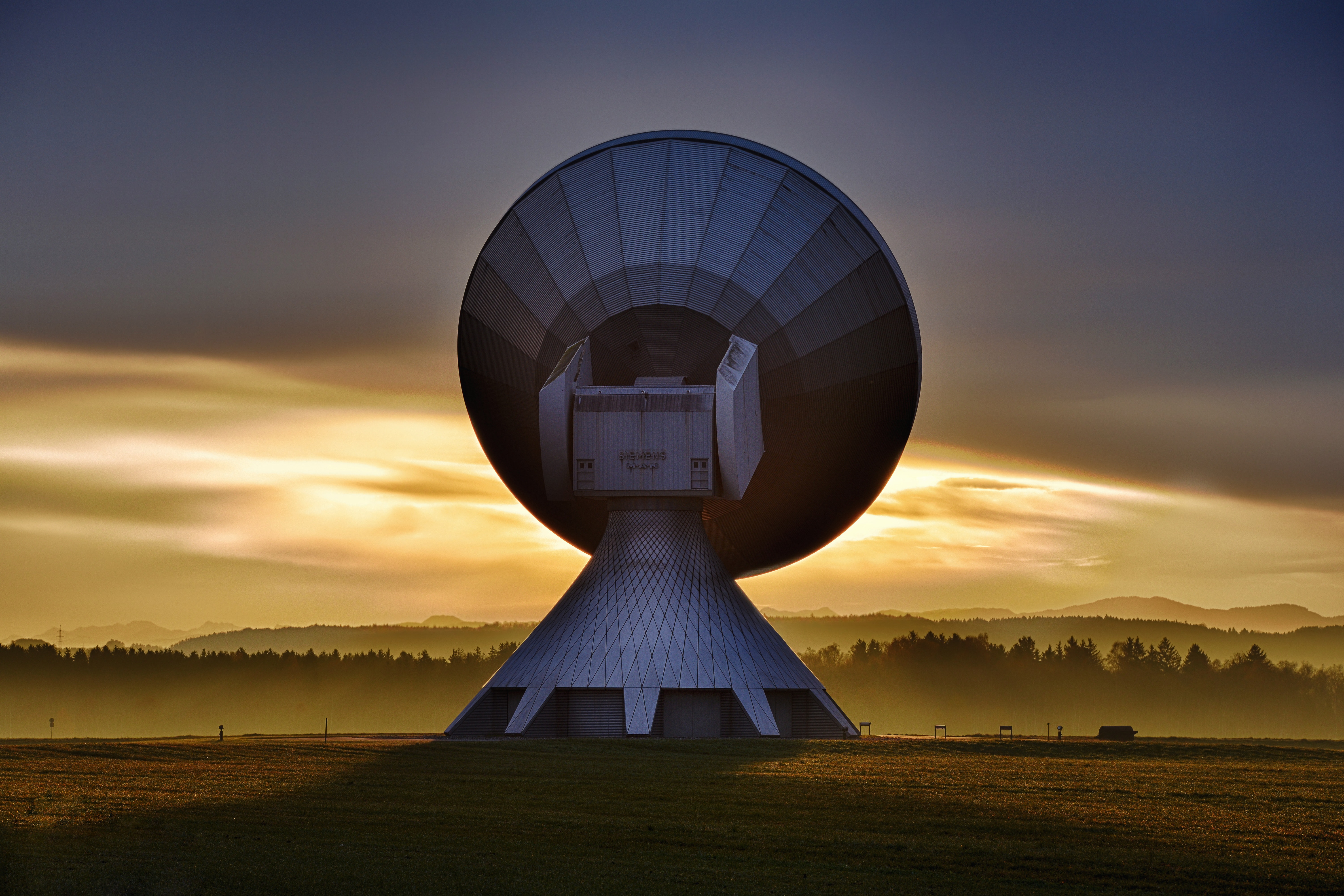I’d like to get an outdoor Temperature Sensor that can be used with HA and Google Home. Anyone have any recommendations?
I use this one: https://www.aqara.com/us/temperature_humidity_sensor.html
If you already have ZigBee setup it’s easy to use these, if not maybe look for something else.
Yup these are great, sonoff also makes zigbee sensors. Best to buy them off AliExpress, a lot cheaper on there
Same one I use, also made an enclosure to 3D print and protect it from rain. It’s been going on without issues since 2020 https://www.printables.com/model/169425-xiaomi-aquara-thermometer-outdoor-case
I have two of these outside, jankily sealed up with electrical tape, and they’ve survived the British weather for a year so far.
I also use one of these outside with a 3D printed case. Still going strong after about 18 months!
I have one of these outside stuck to my soffit, not in a case, and it’s been solid for me.
deleted by creator
I’m not sure how you guys would feel about this… but I have a SDR connected to my Unraid server and found that a neighbor has one of those Acurite 5-1 weather stations that I can pick up on a 433mhz signal, parse the JSON file and added it to my dashboard. If you have a SDR sitting around you could scan your area and see what you get.
I second using an SDR with 433MHz devices. Incredibly reliable and low power.
Been using a nooelec SDR and one of these sensors:
Never thought of this approach.
So, what is it transmitting? Text? Or some form of numerical data?
I mean, how do I start? 🙂
Each device has its own protocol/payload, but there is a utility called rtl_433 that can decode about 200 of them.
If you’re keen on tinkering a bit I would highly recommend going this route as it’s a lot of fun and opens the doors to do all kinds of stuff.
Start by getting an SDR. I don’t recommend the super tiny ones since they can get really hot (since it’ll be running 24/7). I have this one and recommend it as it comes with an antenna etc. Nooelec RTL-SDR v5 Bundle
While you’re waiting for that to arrive set up an MQTT broker if you haven’t got one running already (the Mosquitto add-on in HA) and install the rtl_433 add-on as well.
From there read the rtl_433 docs to set up a config file to scan for what you want. Out of interest I set mine to rotate through a bunch of common frequencies and let it go for 24h to see what it could pick up. It was quite interesting! Another good way to do this is any wireless device will have an FCC number on it. You can look that up on their website and it’ll tell you what frequency it’s using and you can have your SDR scan that. If you don’t specify any protocols the rtl_433 utility will try everything it knows how to decrypt. This can be CPU intensive especially on a Pi so once you know what protocol it is you can specify it in the config file to reduce CPU load.
Hopefully that’s enough to set you down the right path. Happy scanning!
Great summary, thanks
It’s really easy. The rtl_sdr software interprets the info and passes out to HA. There’s an add-on that scans that info and looks for devices it recognizes, and adds then to HA as a sensor. You’ll get weather, tire pressure monitors, and other things.
Yup! In addition to temperature/humidity sensors, I’m also pulling in my gas meter and my home security sensors(I was using a big-name security company, but when my contract was up I kept the sensors installed and tapped into them with my SDR)
I did exactly this as well. Only I bought my own 433Mhz weather sensors. They are cheap and the batteries last for ages.
That’s exactly what I did. I also have some indoor Acurite sensors too… but that weather station is definitely one of the neighbors.
I have loved the Netatmo stations for over a decade.
I like them as well, they work well and are easy to set up with the built-in integration.
The only drawback I find is the need to use their cloud, and the low polling rate (5min I believe).
Not dealbreakers for me, but some things to be aware of.
On the high end, the Tempest weather station is pretty great and integrates nicely over the weatherflow2mqtt integration. Obviously, this is far, far more than just temperature, but worthb thinking about.
Does it require the cloud to operate? Or can it all be done locally?
I’m using the Philips hue motion sensor for outdoors https://www.philips-hue.com/en-us/p/hue-outdoor-sensor/046677570989 it has also temperature. But I’d kind of rather had humidity build in.
I have a couple of these too, they are quite convenient in that they do motion, luminescence, and temperature. I have two and combine them in a single sensor to average out for better accuracy.
I have a few govee Bluetooth sensor and I don’t recommend them for indoor our outdoor use. Bluetooth is flakey at best and battery life is bad. Much better off finding a ZigBee solution.
There’s lots of ways. I’ve used an Aqara zigbee temp/humidity sensor before which worked fine, just needed protection from rain.
Now I’m using a onewire dallas sensors, along with quiet a few others around the house. They work fine too.
Same here, I’ve been using an aqara ZigBee sensor for more than two years and it works great.
I designed 3d printed rain proof enclosure and it’s been reporting outdoor temperature and humidity for more than two years with no problem.
The worst part for me is the changing the battery. The sensor is on a hard to reach place and my design is not the best, so I fear when the battery gets low.
I was planning to build something like this for the rain: https://community.home-assistant.io/t/diy-zigbee-rain-gauge/255379https://community.home-assistant.io/t/diy-zi
Same here, esp’s and Dallas sensors. Some also have extra sensors like PIR, humidity & light, and some control some led strips too
Same here, I’ve been using an aqara ZigBee sensor for more than two years and it works great.
I designed 3d printed rain proof enclosure and it’s been reporting outdoor temperature and humidity for more than two years with no problem.
The worst part for me is the changing the battery. The sensor is on a hard to reach place and my design is not the best, so I fear when the battery gets low.
I was planning to build something like this for the rain.
Same here, I’ve been using an aqara ZigBee sensor for more than two years, it works great.
I designed 3d printed rain proof enclosure and it’s been reporting outdoor temperature and humidity for more than two years with no problem.
The worst part for me is the changing the battery. The sensor is on a hard to reach place and my design is not the best, so I fear when the battery gets low.
I was planning to build something like this for the rain: https://community.home-assistant.io/t/diy-zigbee-rain-gauge/255379https://community.home-assistant.io/t/diy-zi
I’m interested in the same thing and from the small amount of research I did a few months ago it seems most people are going with a standard indoor temp / humidity sensor and placing under cover. They also were saying that the performance isn’t as good as a true weather station. Hopefully someone with more experience will chime in.
I’ve used YoLink temperature sensors for a couple of years now. They have indoor-only sensors (typically with a display,) outdoor weather-proof sensors with no display, leak sensors, etc. Very long range. Requires a device hub. It will send alerts via text or email and also connects to the smart home devices. It’s paid for itself through avoiding damage by early awareness of leak alerts alone.









